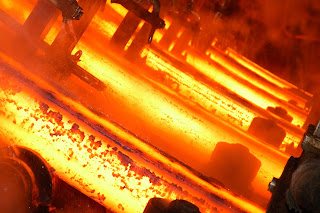 |
| The A16000 Expansion Module increases the I/O capacity of a standard wireless transmitter or receiver Image Analynk Wireless, LLC |
Clearly, the level of risk associated with the refrigerator is high. It merits implementation of an improved strategy to monitor refrigerator performance. Things under consideration include some the following items.
- A real time display of the current refrigerator temperature in the facilities management office.
- Analysis of the temperature data for an upward or downward trend that might indicate the beginning of a malfunction of the cooling system or controls.
- Monitoring of refrigeration compressor motor current, which can be related to the temperature data to confirm that the compressor is operating when it should.
- Real time display of refrigerant suction and discharge pressures.
- Analysis of refrigerant suction and discharge pressure to identify trends or conditions that may indicate service is needed or malfunction is imminent.
- Verify the door to the refrigerator is closed.
- Monitor evaporator fan motor current to verify that all fans are operating.
The greatest challenge in this application is not the gathering of the information, nor its analysis. The difficulty, as well as a substantial cost and time constraint, is delivering the information from the point of measurement to the point of use. Analog signals for real time temperature, refrigerant pressure, and motor current can be easily derived through the addition of sensors to the equipment. The only sensors likely to require intrusive work to install are those for refrigerant pressure. Routing the measurement signals to the facilities office across the road may prove difficult.
A wired connection between the measurement location to the facilities office will require either an underground or overhead routing of cable, traversing the public road. Permission from state, county, and/or local jurisdictions may be required and present potential barriers to timely completion of the project. The cost to install the cabling will be substantial. The distance may be long enough for signal attenuation to be a concern.
The best solution, in terms of initial cost and time to completion, is to establish a dedicated wireless connection between the walk-in refrigerator and the facilities office.A multi-input transmitter is installed at the walk-in refrigerator. The transmitter converts digital (switch) and analog input signals into encrypted digital data and transmits in the 900 MHz band to the receiver installed in the facilities office. The receiver decrypts the received data and mirrors the original analog and digital signals at its output terminals. Wireless overcomes the barriers presented by a wired installation, allowing completion in a timely manner at substantially reduced cost.
If you can operate a walkie-talkie, you can establish industrial wireless connections between remotely located, or mobile, equipment and central monitoring locations. Share your ideas and challenges with industrial wireless experts, leveraging your own knowledge and experience with their application expertise.






